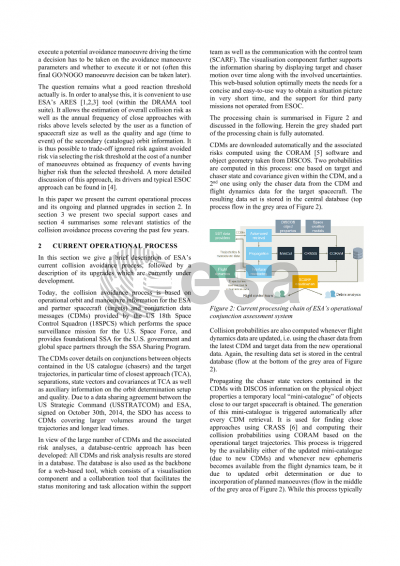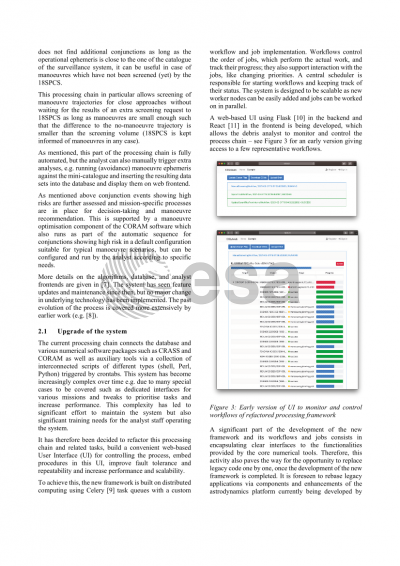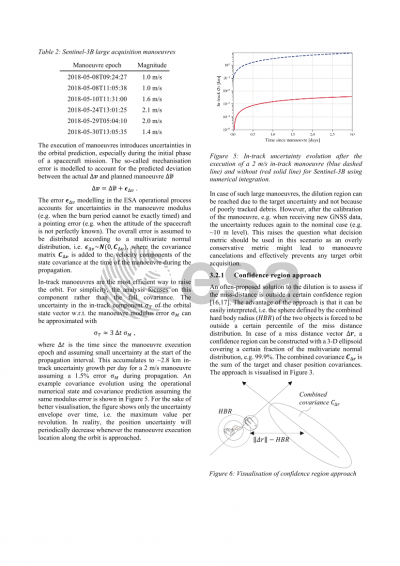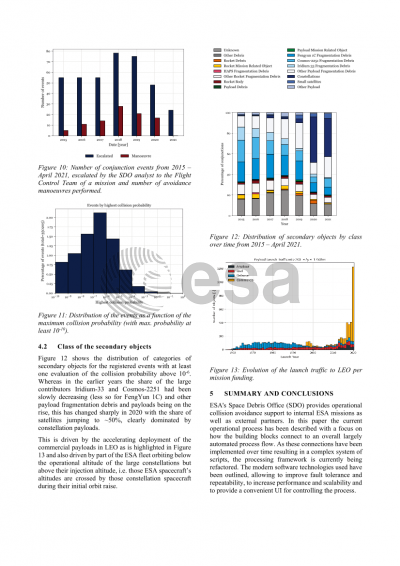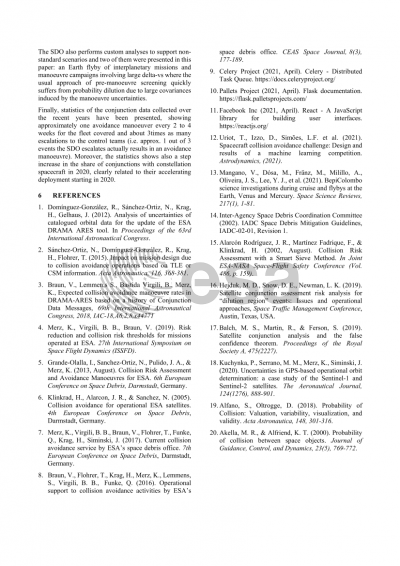Document details
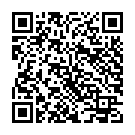
Abstract
ESA's Space Debris Office provides operational collision avoidance support to internal ESA missions as well as external partners. The support covers missions in low-Earth orbit and highly eccentric ones, but also special cases such as a conjunction analyses for Earth flybys of interplanetary missions.
This diversity of missions often requires the development of custom solutions to account for operational reality. An example custom analysis was needed when large acquisition manoeuvres are performed and lead to increased state uncertainties and ultimately a collision probability dilution. A new metric is presented, which overcomes the limitation of the traditional collision probability by allowing a position shift. The method and its limitation in the operational context are discussed.
The overall processing chain is currently upgraded and modernized in order to cope with expected future data loads and to be able to ingest conjunction warnings from multiple surveillance data providers. The chain includes conjunction event detection, collision risk assessment and visualization, orbit and covariance propagation, process control and data handling.
This paper will outline the new developments, present results from custom analyses such as the new metric, as well as provide the most recent statistics on conjunction events.
Preview

